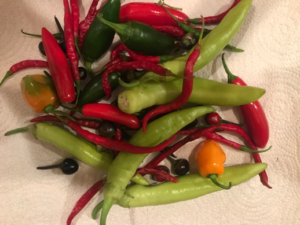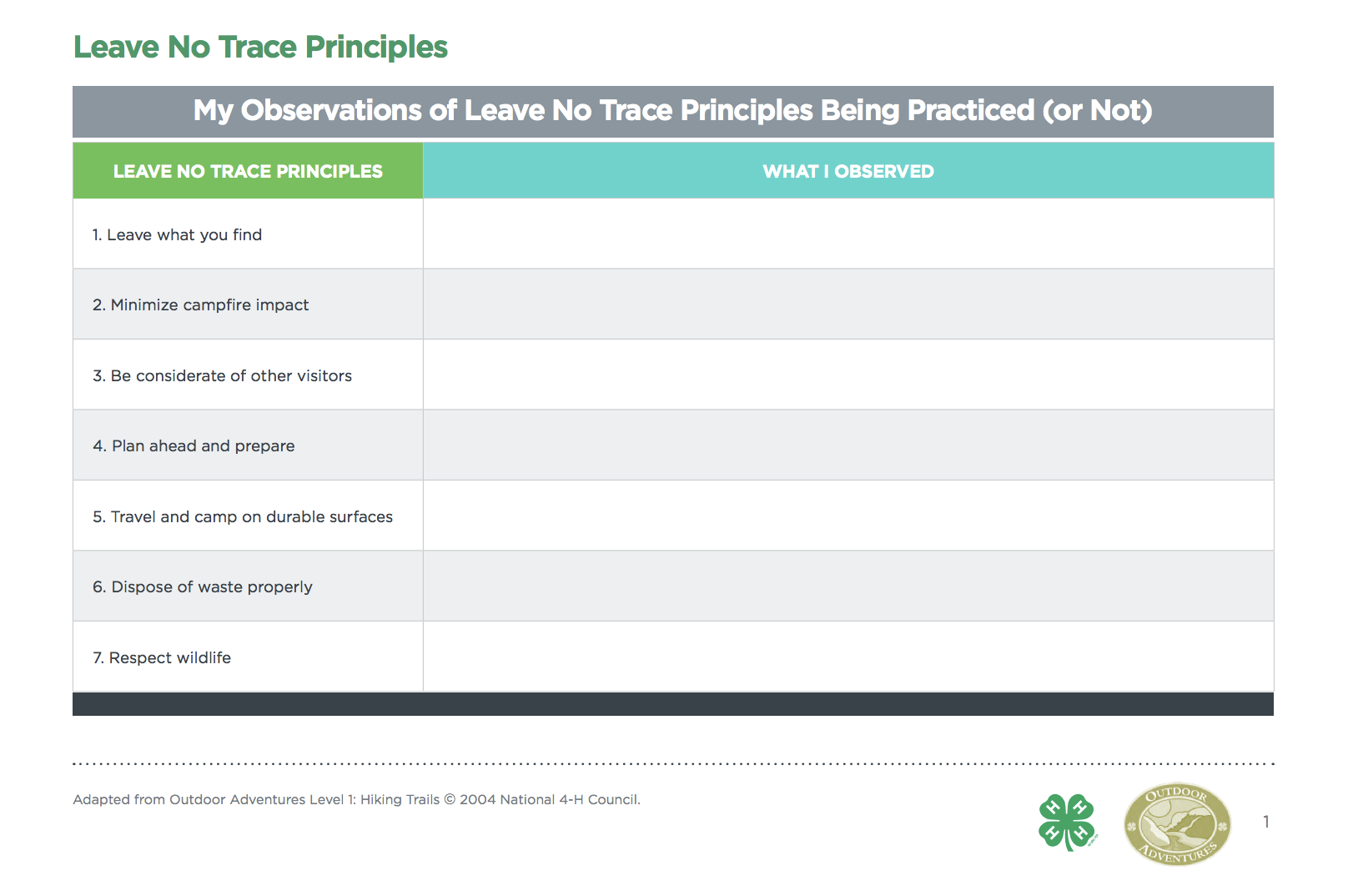Home Insteading With Cooperative Extension (Week 26)
go.ncsu.edu/readext?733358
en Español / em Português
El inglés es el idioma de control de esta página. En la medida en que haya algún conflicto entre la traducción al inglés y la traducción, el inglés prevalece.
Al hacer clic en el enlace de traducción se activa un servicio de traducción gratuito para convertir la página al español. Al igual que con cualquier traducción por Internet, la conversión no es sensible al contexto y puede que no traduzca el texto en su significado original. NC State Extension no garantiza la exactitud del texto traducido. Por favor, tenga en cuenta que algunas aplicaciones y/o servicios pueden no funcionar como se espera cuando se traducen.
Português
Inglês é o idioma de controle desta página. Na medida que haja algum conflito entre o texto original em Inglês e a tradução, o Inglês prevalece.
Ao clicar no link de tradução, um serviço gratuito de tradução será ativado para converter a página para o Português. Como em qualquer tradução pela internet, a conversão não é sensivel ao contexto e pode não ocorrer a tradução para o significado orginal. O serviço de Extensão da Carolina do Norte (NC State Extension) não garante a exatidão do texto traduzido. Por favor, observe que algumas funções ou serviços podem não funcionar como esperado após a tradução.
English
English is the controlling language of this page. To the extent there is any conflict between the English text and the translation, English controls.
Clicking on the translation link activates a free translation service to convert the page to Spanish. As with any Internet translation, the conversion is not context-sensitive and may not translate the text to its original meaning. NC State Extension does not guarantee the accuracy of the translated text. Please note that some applications and/or services may not function as expected when translated.
Collapse ▲Family and Consumer Sciences at Home
Mary Morris, Family and Consumer Sciences Agent
Make Your Own Hot Sauce

This time of year at the end of the garden harvest, you may find an abundance of peppers. Big green peppers, jalapeños, chili peppers, and cayennes grow really well in this area. So after you pick those beautiful Christmas red and green peppers you may not know what to do with all of these peppers? Of course, adding them to salsa and cooking are great options but if you have cayenne peppers try making your own hot sauce.
Cayenne pepper sauce is by far one of the most popular hot sauce varieties in the U.S. You’ll see it packed into specialty hot sauce bottles all over the place, and there are some pretty famous cayenne pepper sauce products out there.
Other names for cayenne peppers are Capsaicin, capsacum, African chili, chili, hot pepper, Louisiana long pepper or sport pepper, paprika, red chili, spur pepper, tabasco pepper
About the Cayenne Peppers
You may have heard of cayenne chili peppers, but there are also a number of cayenne types out there, so you don’t have to limit yourself to what you find in the stores.
Cayenne is a hot chili pepper extract. It’s commonly used in cooking. Bell pepper and paprika are the mild forms of this pepper.
When you apply it to your skin (topically), cayenne works to relieve pain. It contains capsaicin. This is used in ointment form for pain relief. Ointments made from cayenne stop muscle and joint pain by “confusing” pain transmitters. They also block pain messages from the skin.
When taken by mouth, cayenne may also aid in digestion and improve circulation. It may also reduce cholesterol and blood fat levels and decrease obesity.
Safety Advice
When working with very hot chili peppers, including super-hot chili peppers, it is important to wear gloves when handling the peppers both in raw and dried forms. The oils can get on your skin and cause burning sensations.
Homemade Cayenne Pepper Sauce – A recipe to make your own homemade cayenne pepper sauce in your own kitchen, with store-bought or garden-grown cayenne peppers, garlic, vinegar, and salt. It’s super easy and super flavorful
Author: Mike Hultquist
Ingredients
- 10 ounces cayenne chili peppers
- 5-6 cloves garlic
- 1/2 cup white wine vinegar
- 1 teaspoon salt + more to taste
Directions
- Chop up the cayenne peppers along with garlic cloves and add them to a pot with the vinegar and 1 teaspoon salt.
- Bring the mix to a boil, then reduce the heat to low and simmer everything for 20 minutes.
- Cool the mixture slightly, then transfer it to a food processor or blender. Process it until the sauce is nice and smooth. Adjust to taste with more salt if desired.
- Strain the sauce through a fine sieve if you’d like a smoother sauce, or pour it into bottles as-is for a thicker sauce.
4-H at Home
Submitted By: Camaryn Byrum, 4-H Agent
Article taken from: National 4-H Activity Guide
America has many beautiful open spaces that many people love to visit. Outdoor recreation is a favorite national pastime. However, it can be harmful to our environment. Leave No Trace is an organization dedicated to teaching people how best to use the land and how best to minimize our impact. Here is more information about the seven Leave No Trace principles or guidelines which all users should follow:
- Plan ahead and prepare by knowing the regulations and special concerns of the area; being aware of the possibility of extreme conditions and packaging food to minimize waste.
- Travel and camp on durable surfaces like established trails, picnic sites, and campgrounds. Walk single file in the middle of a trail to minimize trail erosion.
- Dispose of waste properly by using designated containers or by packing in and packing out all trash, leftover food, and litter.
- Protect what you find and preserve the past by leaving cultural or historic structures and artifacts, as well as rocks, plants, and other natural features as you found them.
- Minimize the need for campfires and lessen the impact by using only camp stoves or established campfire rings; burn only sticks found on the ground; put out fires completely and scatter the cold ashes.
- Respect wildlife by observing from a distance; never feed animals, store food, and trash securely and control pets or leave them at home.
- Be considerate of other visitors by being courteous, yielding to others on the trail, taking breaks away from trails and other visitors. Speak in a quiet voice and try not to make loud noises.
As more people enjoy our outdoor world, fewer untouched environments are left. Learning and practicing the 7 Leave No Trace principles will help reduce your impact on our environment, keeping these places available for future generations to enjoy. In this activity, you will learn how to plan ahead and determine how you can “walk softly” in the natural world.
Get in Gear Activity: Take a trip to a park or wilderness area for lunch or dinner. While there, walk around and write down what you see others doing. Discuss with your group or family what you saw and whether what you saw was good or bad. Record in the space below at least one example of each of the seven Leave No Trace principles.




